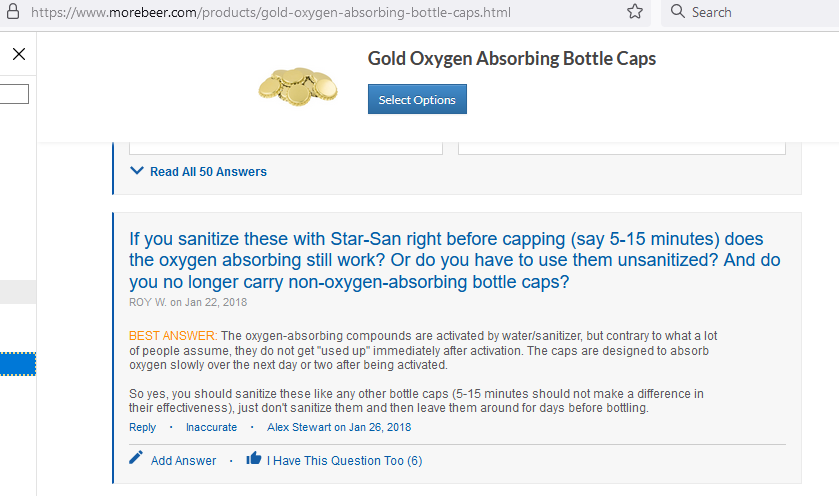I don't brew NEIPAs, I buy them when I go to a brewpub or taproom. When I brew other hoppy beers, I drink them quickly. I haven't done anything with dry hops yet. So I wouldn't necessarily
know if I have an oxidation problem as long as it's not too bad. But here's my process, which tries to minimize O2 just because it at least should be good practice:
1) I ferment my beer in a bucket with a tightfitting but not quite airtight lid (good snap fit but no gasket.) I just bought some more 'S' type airlocks and grommets for the lids so I don't have to burp them when fermentation is really active or risk having the lid blow off. That could really be a mess and I would never hear the end of it from my wife.

I use a Tilt hydrometer to monitor the fermentation, so I know when it's done and I don't have to open the lid until it's finished. (If I'm using a top-cropping yeast, sometimes I will open it once on about day 2 to harvest the yeast.) Before I got the Tilt, I just let it go for 2 weeks for most ales or 3 weeks for strong ones. I haven't been brave enough to try a lager yet. Now with the Tilt I find that they are usually finished in 1 week.
2) I transfer the beer to a carboy full almost all the way to the top, and I add a tablespoon or two of sugar. Add the airlock, and let it sit for another week or so to clear. This step is mainly to get the beer off of the trub. I do BIAB and get a lot of grain dust and some hop pellet junk in the fermenter and I don't want it getting in the way when I bottle. The sugar is to activate the yeast again; the CO2 forces the air out of the headspace and the yeast metabolize the dissolved oxygen. That's my theory anyway. Some of the headspace oxygen makes it into the beer, but hopefully that gets eaten by the yeast too. I call this a "brite tank" rather than a secondary fermenter. I guess it would be a secondary if I added fruit or something at this step.
I've started adjusting my recipes so I will have a little too much beer for the carboy, so if I miscalculate it will still be enough to fill it all the way. If I have enough excess, I bottle it (that bottle will have a *lot* of sediment.) Then I drink whatever's left.
3) I bottle directly from the carboy using a racking cane. The filler I use leaves too much headspace (they probably all do), but its foot-valve is not spring loaded so I can press it to the inside mouth of the bottle and finish filling to leave just a little headspace. With plastic bottles, I prime them individually before I fill, then I squeeze the bottles to get rid of all the air before I tighten the cap. With glass bottles, I prime individually with sugar after filling, which usually causes them to foam up from the dissolved CO2. The foam displaces the air in the headspace. I used to prime 12 and 22 oz glass bottles with small Domino Dots sugar cubes and 500ml plastic bottles with large C&H sugar cubes. Domino Dots are not available anymore, but once I started measuring granulated sugar with a spoon and small funnel, that's actually faster.
It took a while for my process to evolve into this. It might be ridiculous and I could be fooling myself, but the beer is good.




